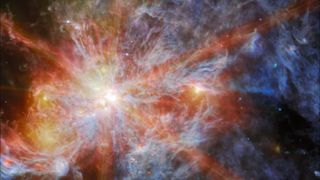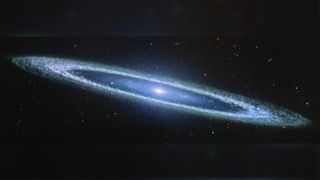James Webb Space Telescope
Latest about James Webb Space Telescope
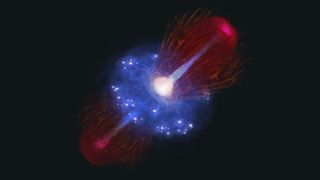
James Webb Space Telescope catches monster black hole napping after 'overeating' in the early universe
By Robert Lea published
The James Webb Space Telescope has caught a napping monster black hole in the early universe. The cosmic giant is slumbering after a massive meal like a reveler on Christmas Day.
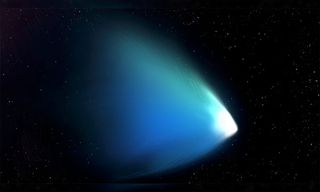
'Like nothing we've seen before': James Webb telescope spies a mysterious asteroid-comet hybrid lurking past Jupiter
By Skyler Ware published
The James Webb telescope has focused its attention on an oddball space rock lurking between Jupiter and Neptune. The unusual "centaur," named 2060 Chiron, has features of both comets and asteroids.
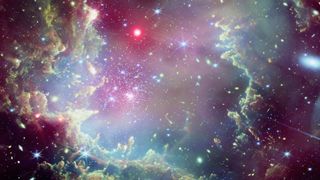
Space photo of the week: James Webb and Chandra spot a cosmic 'Christmas Wreath' sparkling in the galaxy next door
By Jamie Carter published
There's a cosmic 'Christmas Wreath' hanging in the Small Magellanic Cloud, the James Webb and Chandra telescopes revealed in a sparkly new image.
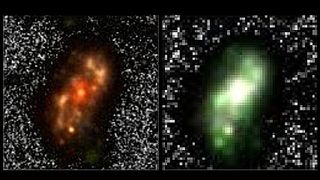
James Webb telescope uncovers massive 'grand design' spiral galaxy in the early universe — and scientists can't explain how it got so big, so fast
By Joanna Thompson published
Galaxies in the early universe tend to be clumpy, but the new JWST discovery of a "grand design" spiral galaxy just 1.5 billion years after the Big Bang has scientists stumped.
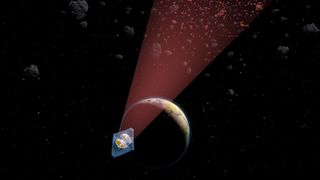
James Webb telescope spots more than 100 new asteroids between Jupiter and Mars — and some are heading toward Earth
By Sharmila Kuthunur published
Astronomers analyzing archival images from JWST have discovered an unexpectedly vast population of the smallest asteroids ever seen in the asteroid belt between Mars and Jupiter.
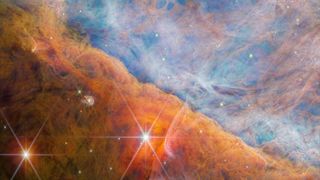
'We know so little': Bizarre 'runaway' planets discovered by James Webb telescope may be failed stars in disguise
By Abha Jain published
A new theory explains how dozens of mysterious planet pairs discovered by the James Webb Space Telescope, dubbed "JuMBOs," may have formed.
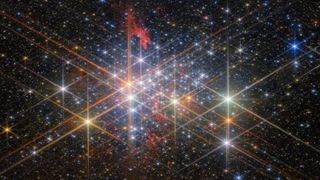
James Webb telescope confirms we have no idea why the universe is growing the way it is
By Ben Turner published
A dense cluster of bright stars, each with six large and two small diffraction spikes, due to the telescope’s optics.
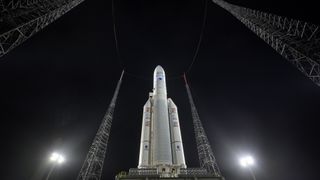
'Eight billion bucks or bust': From pirates to 'stupid mistakes' — the wild story of how James Webb Space Telescope almost failed to launch
By Richard Panek published
"Budget overruns, bureaucratic malfeasance, congressional oversight, review-board reckonings, the whole process of rethinking how to test a space telescope from the ground up: Webb had survived them all. One other factor, however, continued to create havoc with the budget and the launch timeline deep into the 2010s — what Menzel called 'stupid mistakes.'"
Sign up for the Live Science daily newsletter now
Get the world’s most fascinating discoveries delivered straight to your inbox.
